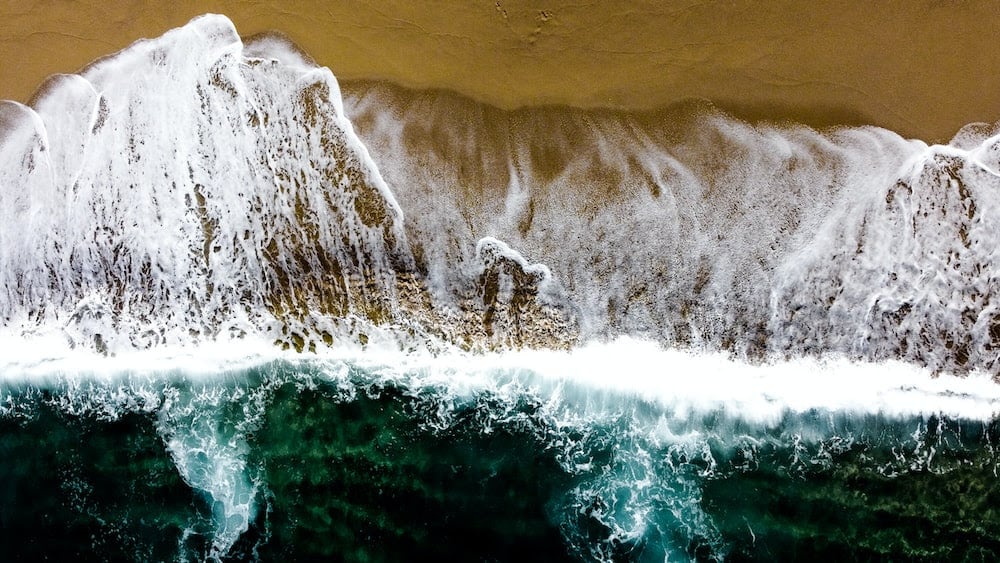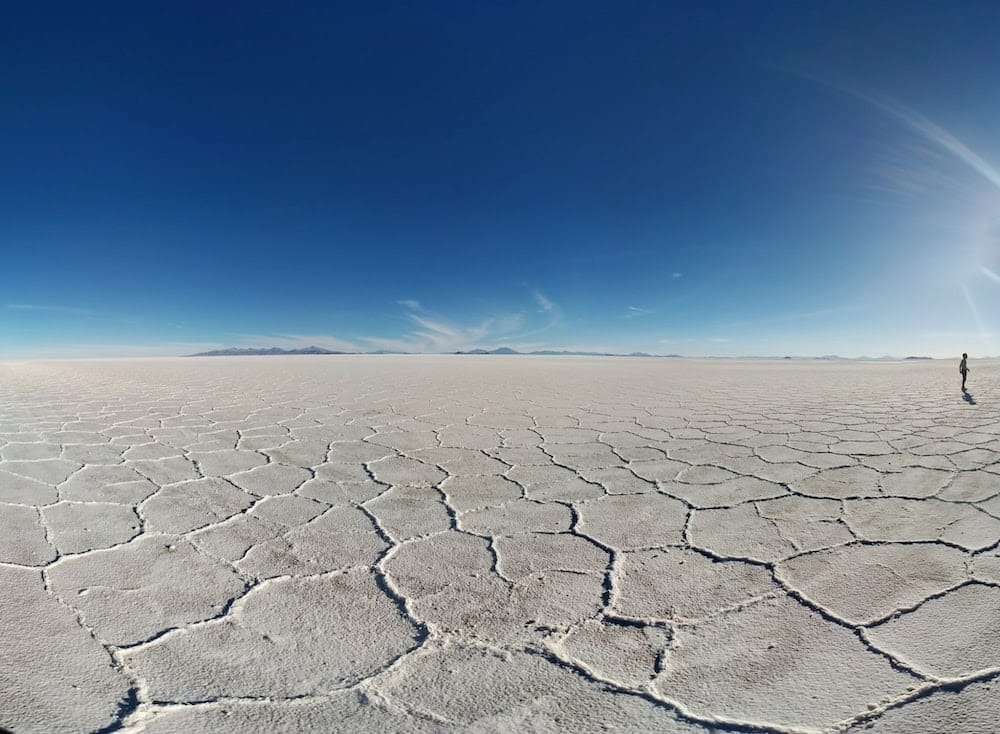
According to one study, taking account of tidal cycles in glacier melt could increase sea-level rise projections by around 200%, despite the fact that the role of tides is not yet taken into account in current climate models. The influence of the tidal cycle was demonstrated by the study of the Petermann glacier in Greenland.
At present, the links between global warming and accelerated glacier melt, mainly in Greenland, the Arctic and Antarctica, are still poorly understood, and parameters other than temperature alone are involved in explaining the speed at which glaciers are melting. The action of the ocean on the Greenland ice sheet, for example, has certainly been underestimated to date. It could be more important than expected and could explain the observed melting speed.
By monitoring the demarcation line between the part of the Petermann glacier resting on rocky ground and the part floating on the ocean, known as the grounding line, researchers from the University of California and NASA have observed significant variations linked to tidal cycles. It appears that the grounding line migrates between two and six kilometers.

This migration distance turns out to be greater than estimated, and has an impact on the calculation of sea level rise, since it is the grounding line that determines the quantity of ice resting on the water and able to raise water levels. The study, published in the journal PNAS, shows that the tides have an impact on the grounding line, whereas scientists previously thought the opposite. The study also shows that at high tide, the sea infiltrates a zone at the base of the glacier using pre-existing glacial tunnels.
The temperature of the seeping water is warm enough to accelerate the melting of the glacier at the grounding zone. Between 2016 and 2022, the grounding line of the Petermann Glacier receded by around four kilometers, facilitating the excavation by seawater of an anfractuosity over two hundred meters high at the base of the glacier.
The phenomenon is self-sustaining, as the melting of the glacier accelerates on contact with warmer water and the surface area of its base decreases, reducing its resistance to friction with the bedrock, causing the glacier to flow even faster towards the sea. Rising temperatures are already increasing the sensitivity of glaciers to ice/ocean interactions, although the role of tides is not taken into account in climate models. If this dynamic is taken into account, scientists estimate that projections of rising sea levels could be increased by more than 200%, as all the world’s glaciers flowing into the oceans are potentially affected.




